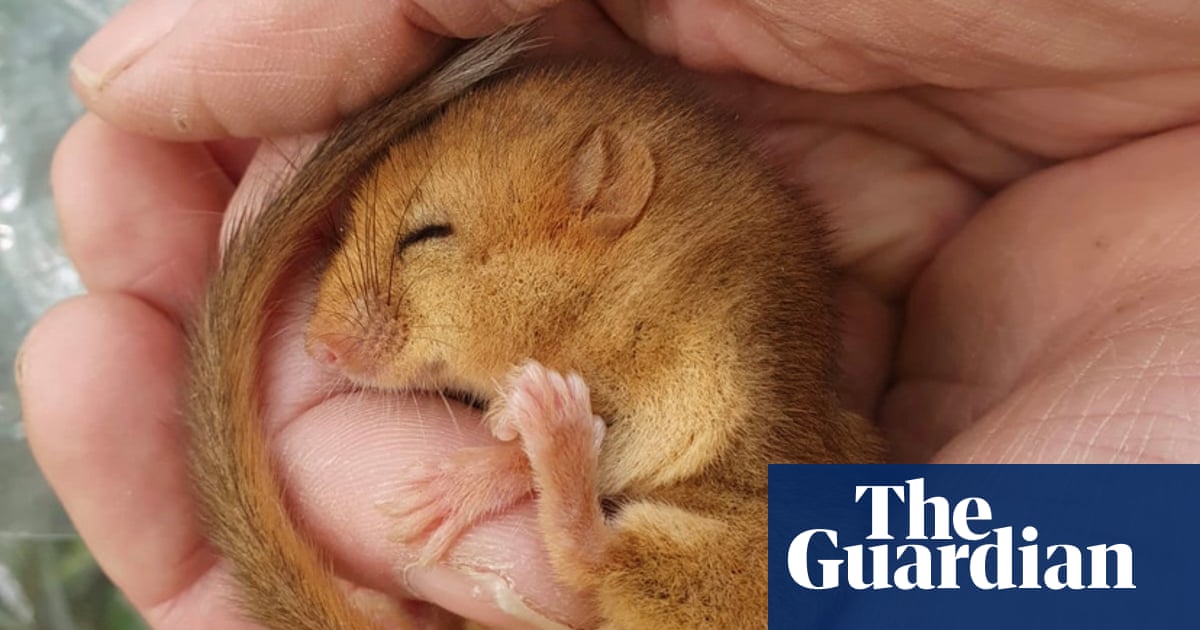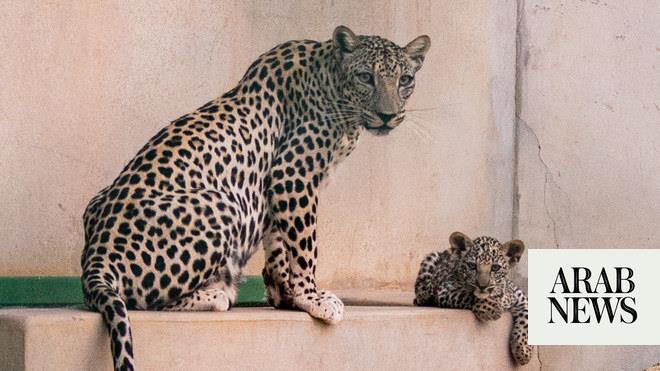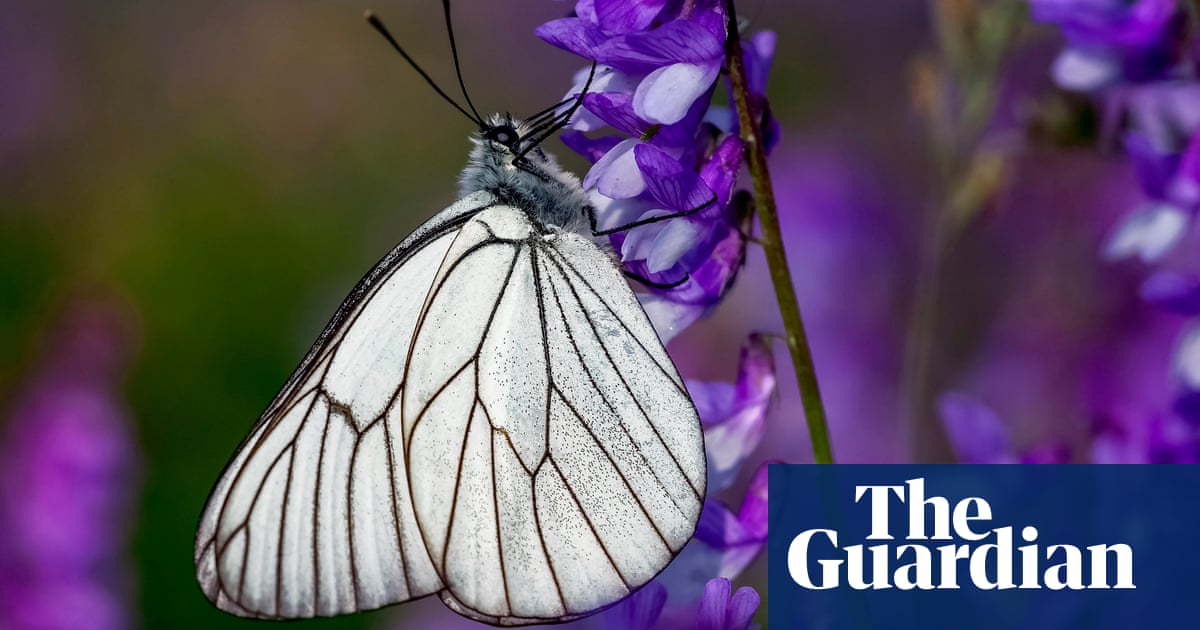
Vast expanses of rolling hilltops may be easy on the eye. But look a bit closer and many are in fact bleak landscapes – overgrazed and mostly devoid of diverse natural life. Shortsighted agricultural practices, habitat destruction and factory farming are among the causes of an alarming biodiversity crisis in Britain, where one in six species are in danger of local extinction.
Around the edges, however, local wildlife restoration projects are having an impact. Last year, 3.22% of the UK’s land was deemed to be well protected and managed, according to Wildlife Trusts, a slight increase on 2021, and councils are embracing rewilding. More and more community and private projects appear to be springing up too.
The nature restoration project Back on Our Map is one of these. Working in and around the Lake District, it has restored habitats across a series of protected areas from Morecambe Bay to Grizedale Forest, reintroducing species such as the seriously endangered hazel dormouse. It released 69 of the rodents in June 2021, which have since bred, with more than 100 juvenile dormice found in subsequent surveys.
There were also 64 small blue butterflies translocated from a nearby coastal site to widen the population’s geographic range. “Each butterfly was released by a young person from a local primary school,” says Anya Kuliszewski, a community engagement officer. “It was a lovely way of involving the next generation of wildlife enthusiasts.”
The project has sought to diversify the groups usually involved in conservation. Volunteers have included inmates at nearby Haverigg open prison, clients of the mental health charity Mind in Furness, and special needs college students. “We have helped train 10 of the men from the prison in level 1 horticulture,” Kuliszewski says.
The men have planted hundreds of the 4,000 aspen trees now growing in the forest thanks to the project. “A lot of them are then planning to carry on doing conservation volunteering when they get released,” adds Kuliszewski.
In Derbyshire, where just a year ago there were a series of overgrazed knolls, there is now a meadow bursting with purple knapweed flowers that sprouted after the sheep were allowed to mimic wild grazing. The burst of flowers spawned a “massive increase” in invertebrates and insectivorous birds, including spotted flycatchers and swallows, while sightings of weasels, badgers and deer are increasing.
High Leas Farm in Derbyshire had been farmed in a “low input” manner for more than a decade and last year its owners partnered with the team of ecologists to form the Woven Earth project and embarked on a process of “holistic restoration” on the 160-acre site.
“We needed a phase of vegetation growth and allowing the land to restore,” says Rob Owen, from Woven Earth. “We’ve been doing small bits of reseeding but it’s mainly allowing what’s naturally there in the seedbed to emerge. Our approach sees humans as keystone species and reimagines our role in the wild, with ourselves as a valid participant. Humans are an integral part of the wild.”
A tandem social farm project is inviting adults with mental health issues to take part in workshops offered by local healthcare professionals.“A lot of the problems we face is because of our breakdown in relationship with nature, and not having the opportunity to participate in it,” says Owen. “We are trying to rewild with people.”
Other campaigns have called for action to begin at home. In East Anglia, the conservation group WildEast calls on homeowners and landowners to allow “a little land to do its own thing” through not mowing, ploughing or planting flower beds on some of their land or garden. “We have had about 2,000 pledgees, covering 8,500 acres,” says Argus Gathorne-Hardy, from WildEast, a farmer-led rewilding movement. “The idea is to create a model where nature happens everywhere.”
A parallel campaign in Felixstowe has seen an area the size of two tennis courts in effect become a sprawling, unjoined network across local people’s back gardens, allotments, window boxes and balconies. Each member of the conservation network Felixstowe Community Nature Reserve is asked to allocate at least three square yards of land to pollinator-friendly plants, ponds, hedgehog homes, and other wildlife-friendly features. Local people are also encouraged to “simply leave part of their garden, or allotment to grow wild, and to let nature weave its own micro-ecosystems,” says Gathorne-Hardy.
In south-west England, the local authority in Truro, Cornwall, established a team of countryside rangers about five years ago to increase wildlife prevalence on council-owned land. The planting of new trees in woodland areas has led to the growing prevalence of the wasp spider in the area. There have also been increased sightings of bright orange fritillary butterflies, and birds such as firecrests, gold crests and buzzards.
“One of the meadows in Coosebean Woodland is now a real hotspot for butterflies and spiders,” says Ben Slattery, the lead countryside ranger. “We are seeing increases of wildlife now our sites are being managed specifically to increase wildlife.”
The community has come together to conduct biological censuses known as bioblitzes, to litter pick and to help the rangers with maintenance, alongside locally run bat tours and talks on nature. “We have seen new species arrive and numbers of local species grow,” says Eleanor Atkins, a volunteer. “It is a joy to watch the seasons change in this natural oasis.”












